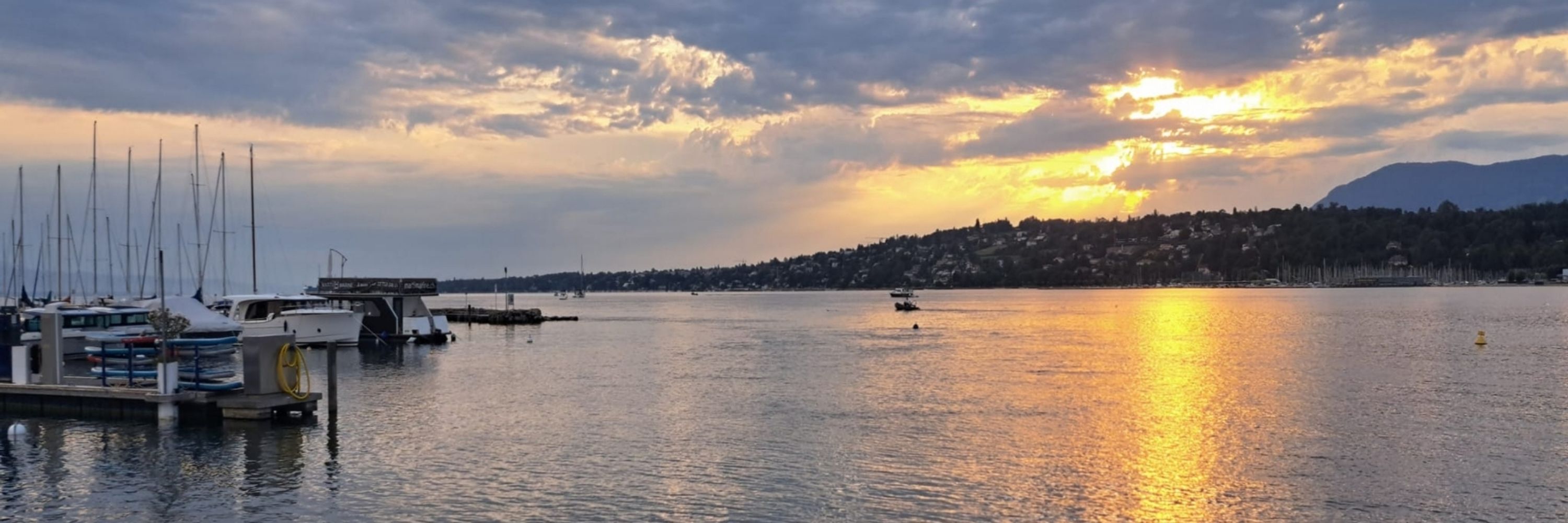
Juanma García-Arcos
@juanmagararc.bsky.social
Group leader at EPFL, Lausanne. Formerly, Postdoc Roux lab, Geneva; PhD Piel lab, Paris. #cytoplasts #actomyosin #cellbio #microscopy #membranes #biophysics #extracellular_vesicles #sciart
Lab website: http://celldynamicslab.com
Lab website: http://celldynamicslab.com
Even at realistic photon-limited conditions (~5–10 photons/pixel):
• Phasor analysis remains robust and resilient to noise, although harder to quantify in commercial software.
• Fast FLIM gives clean kinetics but depends on setup
• Fitting yields the most amount of information in ideal situations
• Phasor analysis remains robust and resilient to noise, although harder to quantify in commercial software.
• Fast FLIM gives clean kinetics but depends on setup
• Fitting yields the most amount of information in ideal situations

October 5, 2025 at 4:04 PM
Even at realistic photon-limited conditions (~5–10 photons/pixel):
• Phasor analysis remains robust and resilient to noise, although harder to quantify in commercial software.
• Fast FLIM gives clean kinetics but depends on setup
• Fitting yields the most amount of information in ideal situations
• Phasor analysis remains robust and resilient to noise, although harder to quantify in commercial software.
• Fast FLIM gives clean kinetics but depends on setup
• Fitting yields the most amount of information in ideal situations
We also compared Fast FLIM, Fitting and Phasor estimators during osmotic shocks, a direct test of membrane tension.
All track the expected lifetime shifts, but with distinct sensitivities and noise behaviors.
All track the expected lifetime shifts, but with distinct sensitivities and noise behaviors.

October 5, 2025 at 4:04 PM
We also compared Fast FLIM, Fitting and Phasor estimators during osmotic shocks, a direct test of membrane tension.
All track the expected lifetime shifts, but with distinct sensitivities and noise behaviors.
All track the expected lifetime shifts, but with distinct sensitivities and noise behaviors.
We quantified the shot-noise constant (c), the factor translating photon number (N) to lifetime standard deviation (σ): σ ∝ c N⁻⁰·⁵.
📊 Shot-noise constant results: Leica yields consistent photon efficiency; PicoQuant varies by estimator.
📊 Shot-noise constant results: Leica yields consistent photon efficiency; PicoQuant varies by estimator.

October 5, 2025 at 4:04 PM
We quantified the shot-noise constant (c), the factor translating photon number (N) to lifetime standard deviation (σ): σ ∝ c N⁻⁰·⁵.
📊 Shot-noise constant results: Leica yields consistent photon efficiency; PicoQuant varies by estimator.
📊 Shot-noise constant results: Leica yields consistent photon efficiency; PicoQuant varies by estimator.
We show the behavior of tau average and tau 1 across a range of packing standards (GUV with known lipid compositions), showing that tau average has less variability than tau 1.

October 5, 2025 at 4:04 PM
We show the behavior of tau average and tau 1 across a range of packing standards (GUV with known lipid compositions), showing that tau average has less variability than tau 1.
Flipper-TR is now a standard probe for lipid packing and membrane tension, but everyone analyses it differently.
We compared:
• Fast FLIM (mean photon arrival)
• Bi-exponential reconvolution & tail fits
• Phasor analysis
…across photon counts, repetition rates (20–80 MHz), and different set-ups.
We compared:
• Fast FLIM (mean photon arrival)
• Bi-exponential reconvolution & tail fits
• Phasor analysis
…across photon counts, repetition rates (20–80 MHz), and different set-ups.

October 5, 2025 at 4:04 PM
Flipper-TR is now a standard probe for lipid packing and membrane tension, but everyone analyses it differently.
We compared:
• Fast FLIM (mean photon arrival)
• Bi-exponential reconvolution & tail fits
• Phasor analysis
…across photon counts, repetition rates (20–80 MHz), and different set-ups.
We compared:
• Fast FLIM (mean photon arrival)
• Bi-exponential reconvolution & tail fits
• Phasor analysis
…across photon counts, repetition rates (20–80 MHz), and different set-ups.
We first review what we know about the photophysics of the Flipper-TR probe and how this lipid packing probe can be used as a tension reporter

October 5, 2025 at 4:04 PM
We first review what we know about the photophysics of the Flipper-TR probe and how this lipid packing probe can be used as a tension reporter

